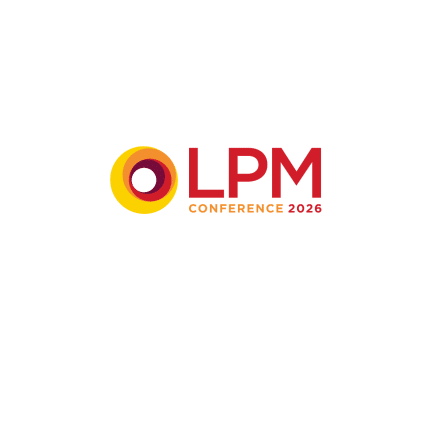
How can firms catch up with more automated competition?
Firms that automated conveyancing and other processes in the pandemic may find themselves ahead of the competition now – which other SME firms should consider as a major risk, says Gary Shaw at Accesspoint.
Many firms that had a wealth of tools at their disposal during the height of the pandemic were still able to conduct conveyancing work for clients, even while dealing with the additional demands brought on by the extension of the stamp duty deadline. Those that didn’t have any useful automation under their belt quickly faced a harsh and costly reality.
So, now, the question is: can adjusting workflow processes for this latter set of firms help ease them into the new digital world of conveyancing work and help them utilise every opportunity within their reach before it’s too late?
As firms continue exploring the relatively unfamiliar environment of remote working, a new and much-needed light has been given the chance to shine on the outdated, manual methods used within the conveyancing practice. As many of us know, conveyancing work can be a very time-consuming area, with much of the job consisting of never-ending paperwork that can often take up hours of precious time in firms with stretched resources. Additionally, the stakes can be high from a risk and compliance angle, due to rising indemnity premiums, should mistakes be made. As conveyancing work can consist of manual data-handling across high volumes of work, this financial burden can occur at any given moment.
This is especially risky for SME firms that simply can’t afford to make too many mistakes. Firms should consider taking a step back and assessing not only the type of automation they have in place (if any), but also the method used in running the conveyancing workflow project, to ensure it is successful and fits into the larger picture of working alongside other apps and software.
However, one common problem firms face when attempting a new conveyancing workflow project is the timeframe to completion, which can take many months. As the property market becomes busy again, a new opportunity arises, as prospective clients are searching for new firms to handle their housing cases. There is little space for drawn-out timeframes that can sometimes take nine to 12 months to complete, especially as other firms have had a head-start in building the automation tools needed to reduce manual work on both ends.
The legal market has many creative solutions to get your firm back in the race, with new, secure, cloud-based legal platforms making their way onto the scene.
Examples include Accesspoint’s Sales & Purchase Screens and Workflows, the perfect automation solution to keep up with the demands of such work with the added benefit of continuing to deliver excellent service to clients. They sit within our new legal platform, Mozaique, and can ensure data accuracy around workflows while injecting data straight into your PMS, as well as utilising various integrations to help your firm.
These tools provide an efficient, easy-to-use solution, automating mundane tasks such as the generation of standard correspondence, integration with HMRC or the Land Registry, speeding up data input requirements. It also includes prompts and reminders within a workflow, ensuring that key actions or dates are not missed, mitigating the high-risk elements of this type of work.
A final thought to leave you with – when the new automation for conveyancing projects has been integrated, don’t fall at the last hurdle: enable team buy-in. There is no shortage of firms making the fatal mistake of not including the real users of a new system at the start of the project, or buying into software that is too complex for the user, resulting in resistance and complaints from the team.
Now more than ever, a system that can be simplified and designed with your firm in mind to allow easy adoption is needed. Look out for integrations such as those housed within Mozaique, allowing P4W to be part of the process – it could save you a world of trouble, as your team will already be familiar with the system, resulting in a smoother transition for all.
Conveyancing remains an area of legal work under immense pressure, and the added complications of remote working can either be the breaking point or defining moment of how your firm positions itself within the market. Today we’re seeing more prospects valuing firms that make the most of digital automation, and so investing in the right conveyancing tools will undoubtably put your firm in the best light.



